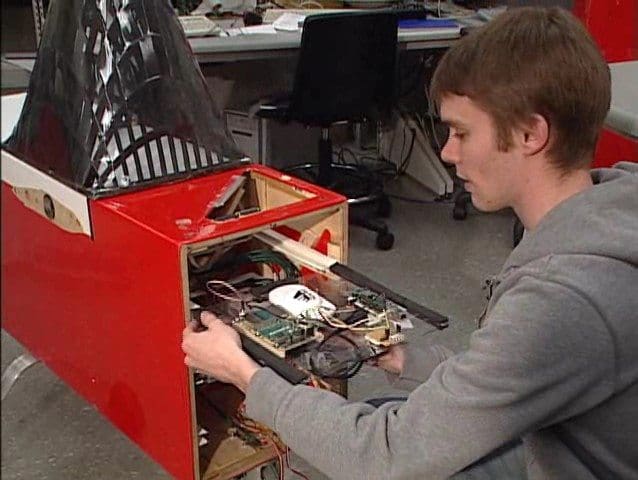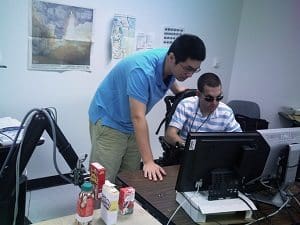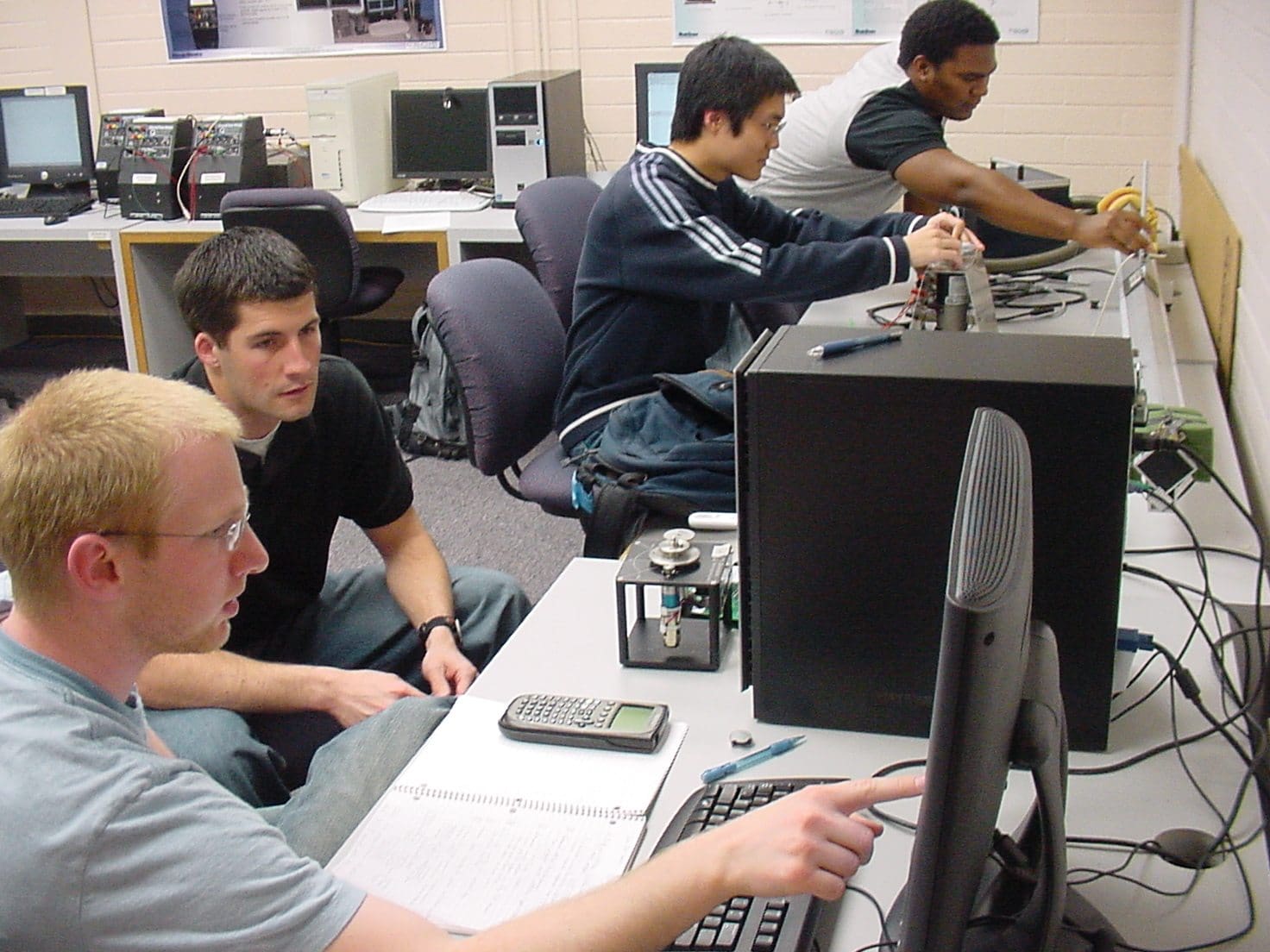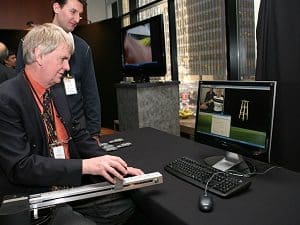
Pardon Dr. David Wang for speaking quickly. He doesn’t have much time. This popular professor teaches mechatronics at Canada’s celebrated engineering school, the University of Waterloo, and doesn’t mince words about the challenges his students face. To be successful, he believes they need to complete real-world projects lightning fast but without compromising their learning. “Typically, you have to finish something in one term, four months.”
First, students have to master the theory. “Mechatronics is a new area, it combines electrical and mechanical engineering along with software engineering,” says Dr. Wang. For a fully functional system to operate, all these subsystems must be designed together and coordinated. Consequently, there’s an immense amount of theoretical knowledge before they can begin the practical.
Challenge
So much for mechatronics students to do - so little time
Yet, it’s the practical that is most important. That is, applying the theory they’ve learned. Students learn faster using educational plants which turn all that theory into physical systems. This entails the use of specialized software and hardware for data acquisition and communication with their plant. If the technologies are new, learning them requires even more valuable time. However, Dr. Wang believes that if students have not “actually built something, they don’t have any credibility. They have to build something in their undergraduate program to call themselves mechatronic engineers.”
Student competitions are best for solidly putting theory into practice. In a recent article about the 2009 American Society for Engineering Education Conference, Quanser noted how these inter-school challenges make young engineers more desirable for employers. “Terri Morse of Boeing, Andy Mastronardi of Freescale and Keith Blanchet of Quanser all championed the importance of extra-curricular student competitions. These demand integration between disciplines – not just engineering but marketing, product development, finance, and more. The competitions help establish contacts within industry, while teaching the real-world need for attention to deadlines and budgets. The student sees theory turned into practice outside of labs, outside of engineering even, in the real world.”
All this is a lot to accomplish in four months. Anything that saves students time, without compromising learning, is a boon.
Solution
Quarc software does the grunt work, speeding students through projects faster
QUARC was developed to accelerate control system design work. Created by controls engineers for controls engineers, it does the cumbersome work, buying students time. This academic version, which performs nearly all the functions of the industrial, is value-priced, making it affordable for engineering departments.
Dr. Wang is very positive regarding QUARC as a productive teaching and learning tool. Students “rapidly prototype control strategies, so they don’t have to go back and do everything from scratch.” QUARC provides best of both worlds: students learn the given control concept and implement the theory, but the “monotonous coding and writing drivers are all done for them.” Ideal for research and practical projects, QUARC supports many devices, built in-house or purchased elsewhere, like sensors, human interfaced devices, haptic input devices and robot arms. Students who go on to do graduate work appreciate being able to function effortlessly in the familiar MATLAB/Simulink environment QUARC provides. So they save time, doubly, not having to learn intricate new software or fuss with tedious coding.
Result
Successful, captivated students; major international student awards
Because of the time they can save using QUARC, Dr. Wang says his students can actually design something that will work within the timeframe of an undergraduate degree. QUARC allows students to accelerate design and develop controllers, far faster. The benefit? “They can really focus on the important control aspects.” That is, they’re learning by thinking through problems, doing the exploratory work, practicing the theory while skipping the tedium – like hand-coding. “Without QUARC, they wouldn’t have a hope of completing a project, in my opinion.”
That opinion is shared by students. Mark Tribou, a second-year graduate student was among a team of Waterloo engineering students who entered the International Aerial Robotics competition last year, going up against nine other universities. “We won the most innovative design award. The autopilot of this plane is run on the microcontroller which actually runs the QUARC software.” Quanser saved them countless hours, “because essentially we got to design the blocks in the Simulink diagram and that would take care of writing all the code.”
Wang firmly believes QUARC helped win the award.


